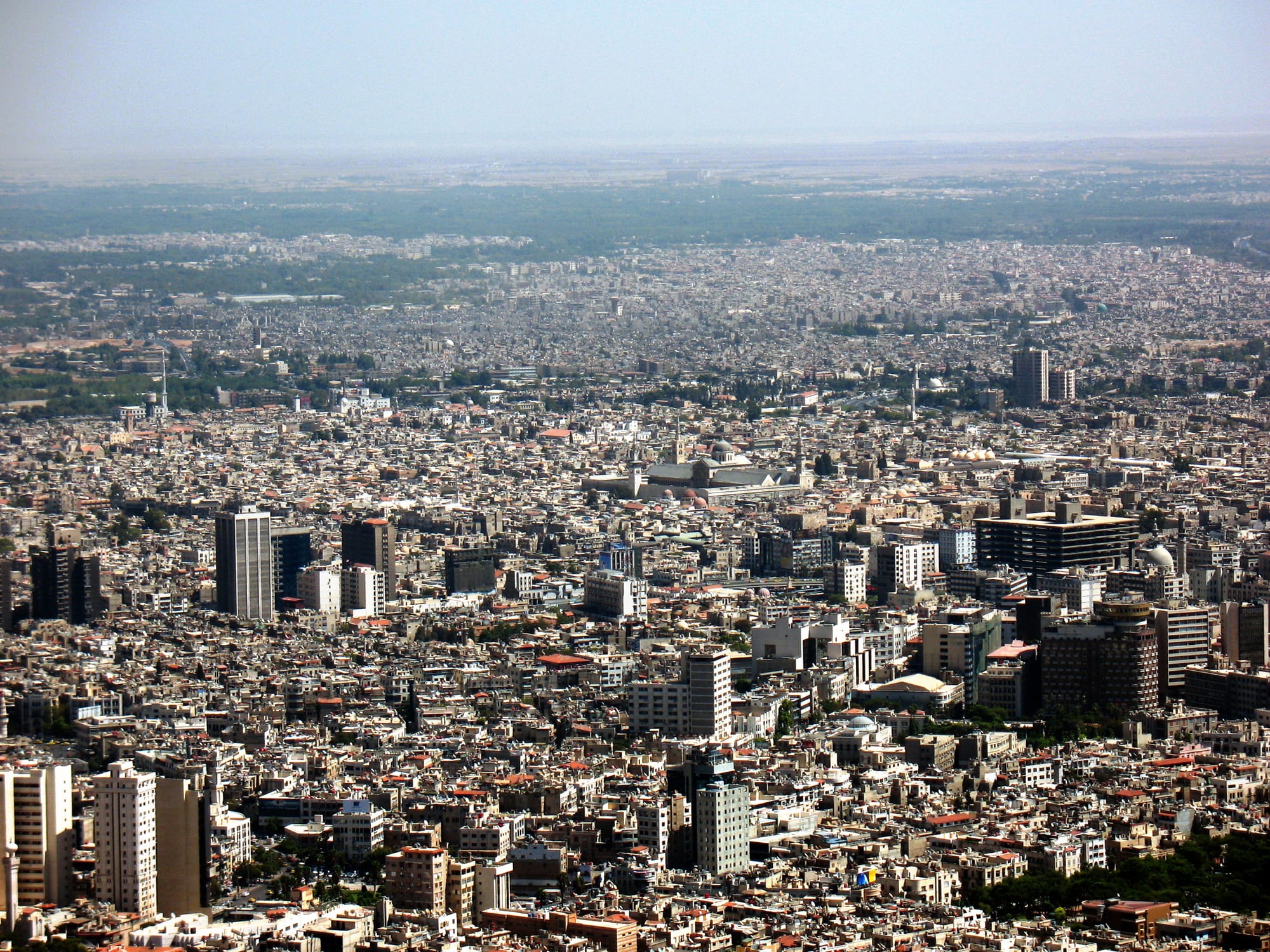During the mid-18th century, As'ad Pasha Al Azem— the Ottoman governor of Damascus—constructed Al Azem Palace or Beit Al Azem. This residence housed not only As'ad Pasha himself but also his family. Moreover, it was a hub for social gatherings and official receptions. The architecture and design embody the grandeur of the Ottoman era and ►
During the mid-18th century, As'ad Pasha Al Azem— the Ottoman governor of Damascus—constructed Al Azem Palace or Beit Al Azem. This residence housed not only As'ad Pasha himself but also his family. Moreover, it was a hub for social gatherings and official receptions. The architecture and design embody the grandeur of the Ottoman era and traditional Syrian craftsmanship influence.
The courtyard, a quintessential element of Islamic architecture, is one of the Al Azem Palace's defining features; its peaceful and beautifully landscaped expanse—adorned with lush gardens and fountains—greets you upon your entrance. Functioning as an oasis in the bustling heart of the city. This central space offers respite from urban heat and noise: it presents a serene environment for escape into tranquility.
Various design elements stunningly blend into the palace's architecture: intricate wooden mashrabiya screens on its facade—providing shade, privacy, and ventilation. Additionally, decorative stonework and calligraphy enhance the visual appeal of this exterior structure with their captivating presence.
Syrian artisans, employing traditional techniques, created intricate geometric patterns and detailed calligraphy in the marvelously crafted interior of the Al Azem Palace. The reception hall - famously known as "diwan" - stands adorned with richly decorated ceilings and ornate furnishings; its walls boast meticulous design work.
The Al Azem Palace boasts a uniquely preserved, beautifully decorated harem section--an area restricted to male visitors. This off-limits space provides insight into the private life of the palace's female occupants: it encompasses lavishly adorned living quarters, reception areas, and a stunningly beautiful hammam (bathhouse). Insight into the division of public and private spaces in traditional Ottoman households emerges from the harem.
The rooftop of the Al Azem Palace stands as a highlight, providing panoramic vistas of the Old City of Damascus; from this vantage point--visitors can not only admire its historic architecture but also immerse themselves in sights and sounds intrinsic to daily life.
Not merely limited to its historic architecture and design, the Al Azem Palace also accommodates a museum. The museum curates an extensive collection of artifacts and exhibits that enhance our understanding of the palace's history and provide insight into Damascus' broader cultural context. Visitors can delve into displays associated with traditional clothing, jewelry, and everyday items, thus presenting a comprehensive overview of life in Ottoman-era Damascus.
The Al Azem Palace in Damascus, Syria, is a magnificent symbol of the Ottoman era's architectural grandeur and cultural heritage. Its exquisite design and elegant interiors, imbued with a rich history, make history enthusiasts an irresistible destination for architecture lovers and cultural explorers. A trip to this palace offers physical travel and mental time-transcendence, transporting visitors back into luxury and refinement. The profound connection one can forge between past epochs is thus rendered tangible through enduring Syrian beauty rooted deeply within one's lineage. ◄
